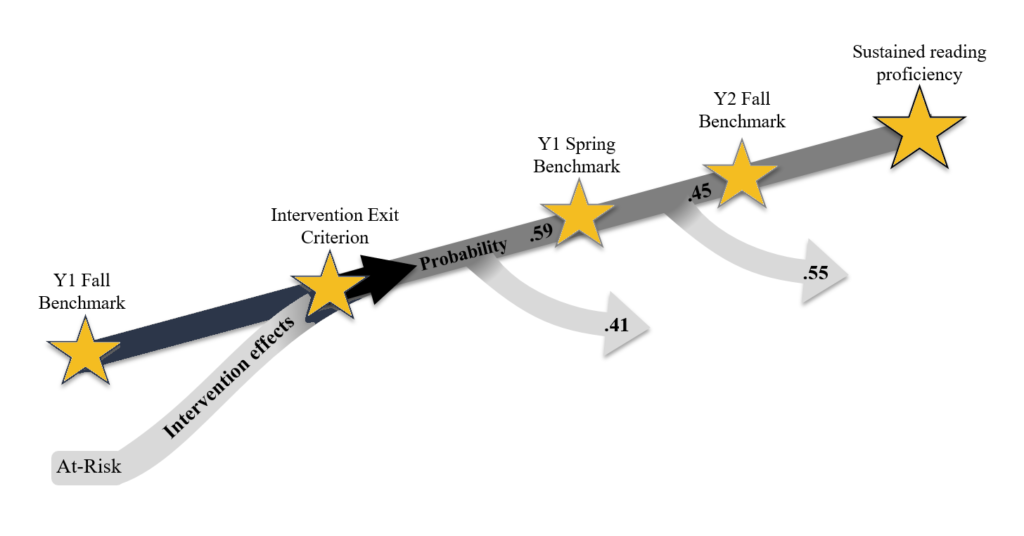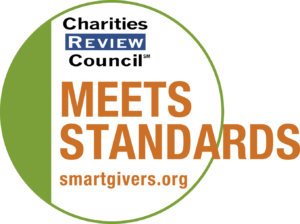Program Improvement
Fostering Healthy Intervention Outcomes: Continued Growth in Reading Proficiency
Although students regularly move in and out of supplemental support in schools, there is little research to guide our decisions about when we can be reasonably confident that students are ready for that support to disappear. This is a fundamental issue for academic intervention programs like Reading Corps and Math Corps. Both programs must balance the need to serve as many students as possible with the need to ensure students who are served get (and stay) on track for academic success.
Some number of students who we believe to be on track fail to maintain adequate progress—but how many students? Assuming some students struggle to stay on track after leaving supplemental support, can we predict who those students are? Can we protect against regression in student performance after the removal of supplemental support?
Using data on student dosage and outcomes, our research activities under the project Fostering Healthy Post-Intervention Outcomes are designed to provide our programs and the broader research community with insight on how we can better ensure students who catch up to their peers, stay there.
RESEARCH SPOTLIGHT
Lessons from Sisyphus: Student Growth After the Removal of Supplemental Support

In this study, we worked with our colleagues to evaluate what happens to students after Reading Corps support is removed. We examined a large group of students who met fairly rigorous “exit criteria” for the program. These were students who demonstrated a level of performance that was at or above grade-level on a reading task. It is common for schools to conclude that students like this are ready to be exited from supplemental support. Unfortunately, our data suggest otherwise. Although many of these “exited” students continued to perform well after leaving Reading Corps, a large number of students regressed.
The probability that a student who met an exit criterion during the school year would go to meet the end-of-year benchmark was about .59, and dropped to .45 when evaluating the probability of staying on track until the following fall. These results are surprising because all students included in the sample had responded well to extra support and caught up to their higher performing peers.
Based on the results from this study, our research team is currently evaluating a number of different ways that Reading Corps—as well as other supplemental reading interventions—might help ensure that students who receive academic support stay on track for the entirety of the school year and beyond.
Read about a recent approach that is working to help students stay at grade level


